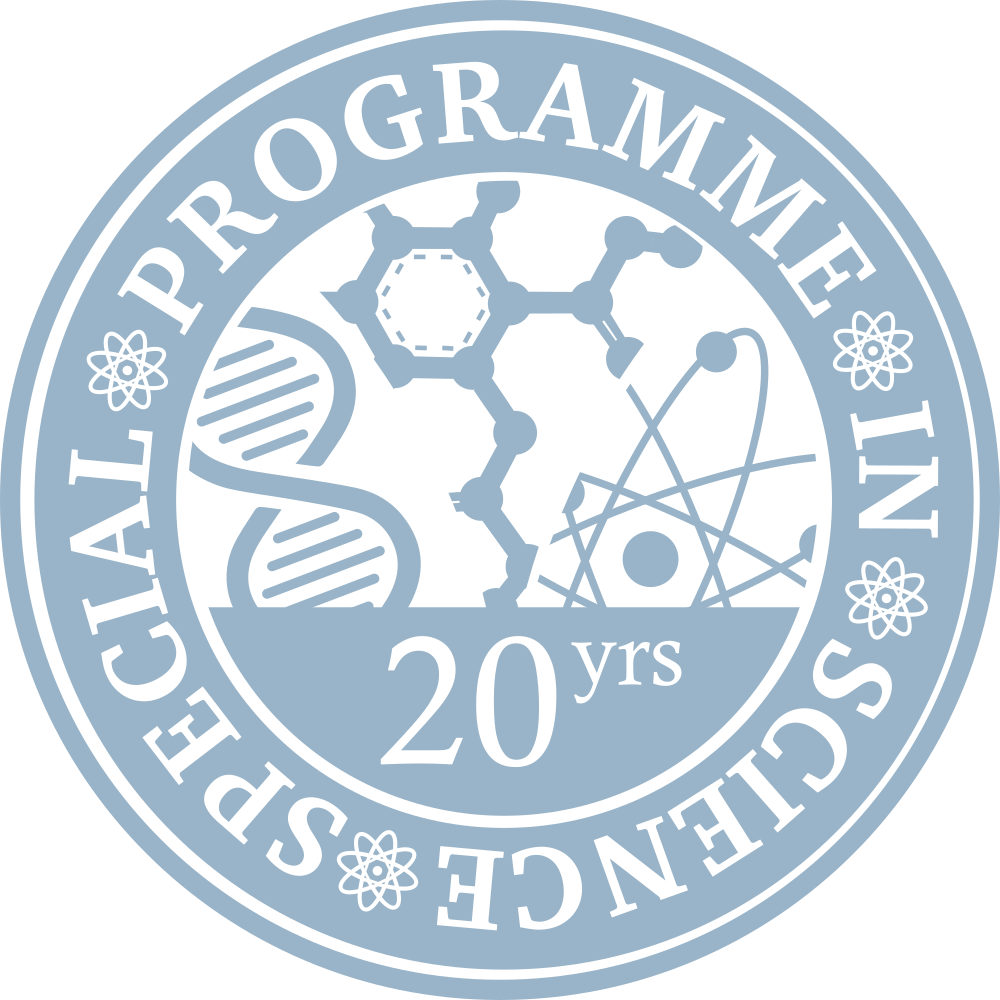#
Expansion of the Newtonian World
#
7.3 Expansion of the Newtonian world
#
7.3.1 Derivation of the Friedmann equations for a matter dominated Universe
A Newtonian world is a matter-dominated Universe, governed by Newton's laws of mechanics and gravity. In this section, we shall derive the set of differential equations that describes the expansion of the Universe.
Consider a spherical shell of mass m and radius R enclosing a spherically symmetric mass1 M located at the center. The shell moves radially outwards with the rate \dot{R}=\frac{dR}{dt}. The space encompassed by the shell expands as a result.
The kinetic energy (KE) of the shell is
\begin{equation}
T=\frac{1}{2}m\dot{R}^{2}=\frac{1}{2}mH^{2}R^{2}.
\end{equation}where H={\displaystyle \frac{\dot{R}}{R}}. Note that H is a function of time.
The potential energy (PE) due to Newtonian gravity is
\begin{equation}
U=-\frac{GMm}{R}=-\frac{4}{3}\pi Gm\rho R^{2}
\end{equation}The total energy of the system is
\begin{equation}
\frac{1}{2}mH^{2}R^{2}-\frac{4}{3}\pi Gm\rho R^{2}=E
\end{equation}Qualitatively, one can think that the KE increases the volume enclosed while the PE tries slow down or revert the expansion. The PE is dependent on the mass density \rho (of the enclosed mass).
If \rho is large enough such that PE > KE, then the mass shell's expansion will not continue forever.
If \rho is small such that PE < KE, then the mass shell's expansion will carry on indefinitely.
As such E=0 is the critical point for which the Universe is just able to expand forever. Hence we define the critical density by
\begin{equation}
\rho_{c}=\frac{3H^{2}}{8\pi G}.
\end{equation}If \rho>\rho_{c}, the Universe is "closed", if \rho<\rho_{c}, the Universe is "open".
It is useful to define a quantity that represents the scale of the Universe at different times. We call this the cosmological scale factor S(t). All lengths (eg. radii, wavelengths) scales with this factor.
\begin{align}
R(t) & \propto & S(t)\nonumber \\
R(t) & = & r\,S(t)
\end{align}where r is a constant (in time)2. Differentiating the above equation wrt time,
\begin{align}
v(t)=\dot{R}(t) & =r\dot{S}(t)\\
\ddot{R}(t) & =r\ddot{S}(t)
\end{align}The parameter H(t)=v/R can hence be written as,
\begin{equation}
H(t)=\frac{\dot{S}(t)}{S(t)}
\end{equation}One may also relate the mass density to the scale factor or
\begin{equation}
\rho \propto\frac{1}{R^{3}}\propto S^{-3}
\end{equation}Substituting Eqs. (
\begin{align}
\frac{1}{2}m\frac{\dot{S}^{2}}{S^{2}}r^{2}S^{2}-\frac{4}{3}\pi Gm\rho r^{2}S^{2} & =E\nonumber \\
\frac{1}{2}mr^{2}\left(\dot{S}^{2}-\frac{8}{3}\pi G\rho S^{2}\right) & =E
\end{align}Since E,m and r are constants, we can write
\begin{equation}
\dot{S}^{2}-\frac{8}{3}\pi G\rho S^{2}=-kc^{2}
\end{equation}This gives
\begin{equation}
\frac{\dot{S}^{2}+kc^{2}}{S^{2}} = \frac{8}{3}\pi G\rho
\end{equation}The dynamics of the expanding shell of mass can be further probed with the Newton's law of gravitation
\begin{equation}
F=m\ddot{R}=-\frac{GMm}{R^{2}}
\end{equation}Rewriting in terms of the scale factor and mass density, we have
\begin{equation}
\ddot{S}=-\frac{4}{3}\pi G\rho S.
\end{equation}Comparing with Eq. (
\begin{equation}
\frac{2\ddot{S}}{S}+\frac{\dot{S}^{2}+kc^{2}}{S^{2}}=0
\end{equation}Eqs. (
Try it Yourself!
Ex. k can either be positive, negative or zero. What decides the value of k?
Hint: look at total energy and density vs critical density.
#
7.3.2 Evolution of the Matter-Dominated Universe
The Universe will behave differently depending on how much matter
it contains. Putting Eq.(

Group Discussion!
Discuss in groups how to solve the differential
equation Eq. (
